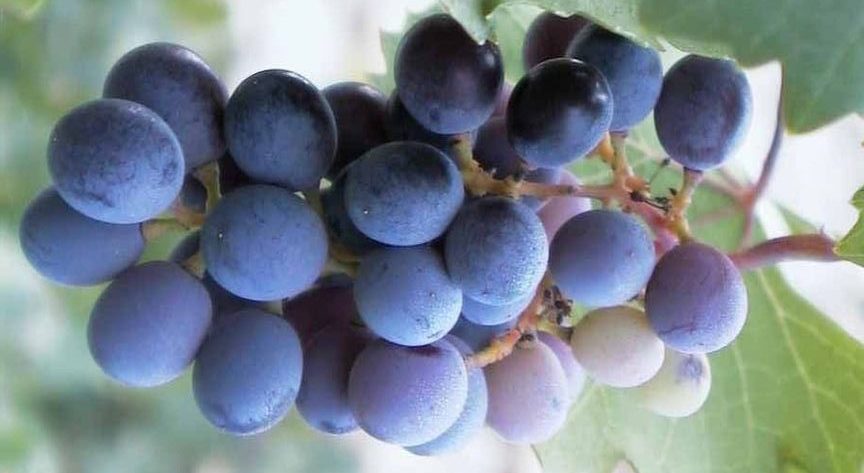The government of Cyprus on October 10, 2024 promulgated a broad 5-year economical and sustainability strategy for agriculture.
A part of the 2024-28 plan will be the financing 11 niches with a budget of €109.3 million ($119.48 million).
According to Agriculture Minister Maria Panayiotou courtesy the Cyprus Mail, technology access, economic growth and sustainability are the key goals.
The minister cited that the model will also offer direct support to farmers to help realize the government’s growth-oriented tack.
Farmers, for one, will generate high quality produce at a low cost, which will thereby pass to consumers affordably.
Besides, the plan aims to certify local agricultural products with Cypriot tags, with funding coming from the financial kitty. Other than this will be the introduction of new funding schemes to reduce management risk in farming and improve the livestock industry.
Concerning livestock products, the scheme could help bring down consumer prices. Notably, in July 2024, Cyprus topped the European Union (EU)’s milk prices at €63($69.54) per 100 kg.
The country however balances the act by producing valuable Mediterranean crops that include olives and citrus, which depend on irrigation. Citrus exports to Russia alone for fruit juice averaged €10.7 million ($11.7 million) in 2013. But with the Ukraine-Russia conflict affecting exports since 2022, Cyprus has been exploring other EU markets for its fruits.
Agriculture consumes 70% of groundwater resources in the drought-prone country, hence the need to streamline its financing.
Still, agricultural production represents 1.8% of Cyprus’ gross domestic product in 2024, making it an important sector.
Therefore, when the new financing model gets fully underway, it could improve the above agricultural contribution to the GDP. And as the following statistics show, agriculture is a fundamental part of the Cyprian economy.
Cyprus Agriculture Statistics
Cyprus, the third biggest Mediterranean island has earned the enviable name as the “Food Island” of the eastern Mediterranean. This is because of its diverse dishes that in turn derive from such produce as potatoes, citrus, olives and grapes. Despite frequent droughts, these four produce have shown resilient production. In 2022, for example, grape production reached 21,890 tonnes, while oranges 16,000 tonnes and tangerines/mandarins/clementines 17,800 tonnes, per FAOSTAT. Potato production in its part hit 90,000 tonnes in 2022, albeit a downsizing from the 2021 total of 98,980 tonnes.
Does Cyprian agriculture contribute to the economy?
Food production and agriculture as a whole represents 1.8% of Cyprus’ GDP, as of 2024. Apart from Mediterranean fruits and potatoes, livestock products also contribute to this portion. One of these is milk from cows, sheep and goats whose production in 2022 reached 286,750 kiloliters, 35,430 kiloliters and 44,050 kiloliters, respectively.
Where does agriculture take place in northern Cyprus?
With agriculture consuming 70% of Cyprus’ groundwater resources, regional farming is dependant on irrigation. The north of Cyprus is one of the country’s agricultural heartlands, with 56.7% of its area under cultivation as of 2002. Another 5% of the arable area goes to pastureland for cattle sheep and goats (before 2002). The main agricultural jurisdictions include Lefkosa Main, Gime Main and Magosa Main regions. The Magosa Main region boasted the most acreage of the three at 99,052 hectares before 2002.
